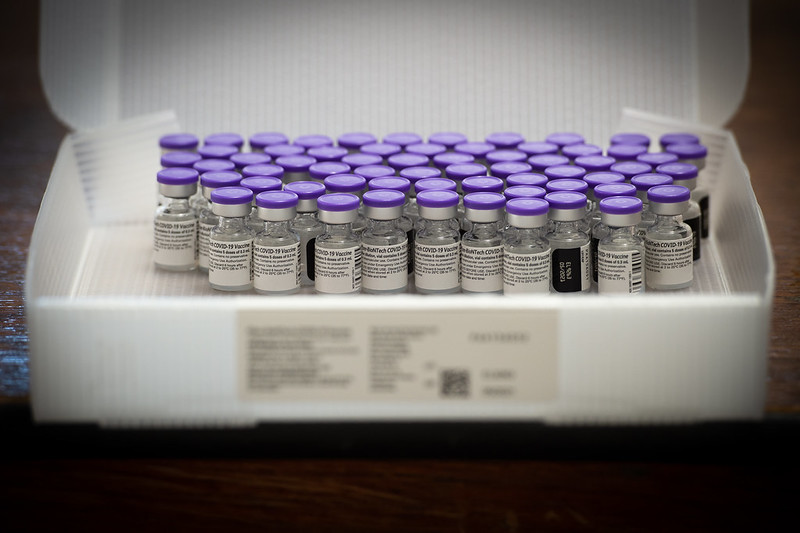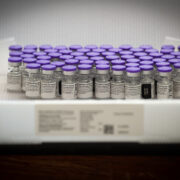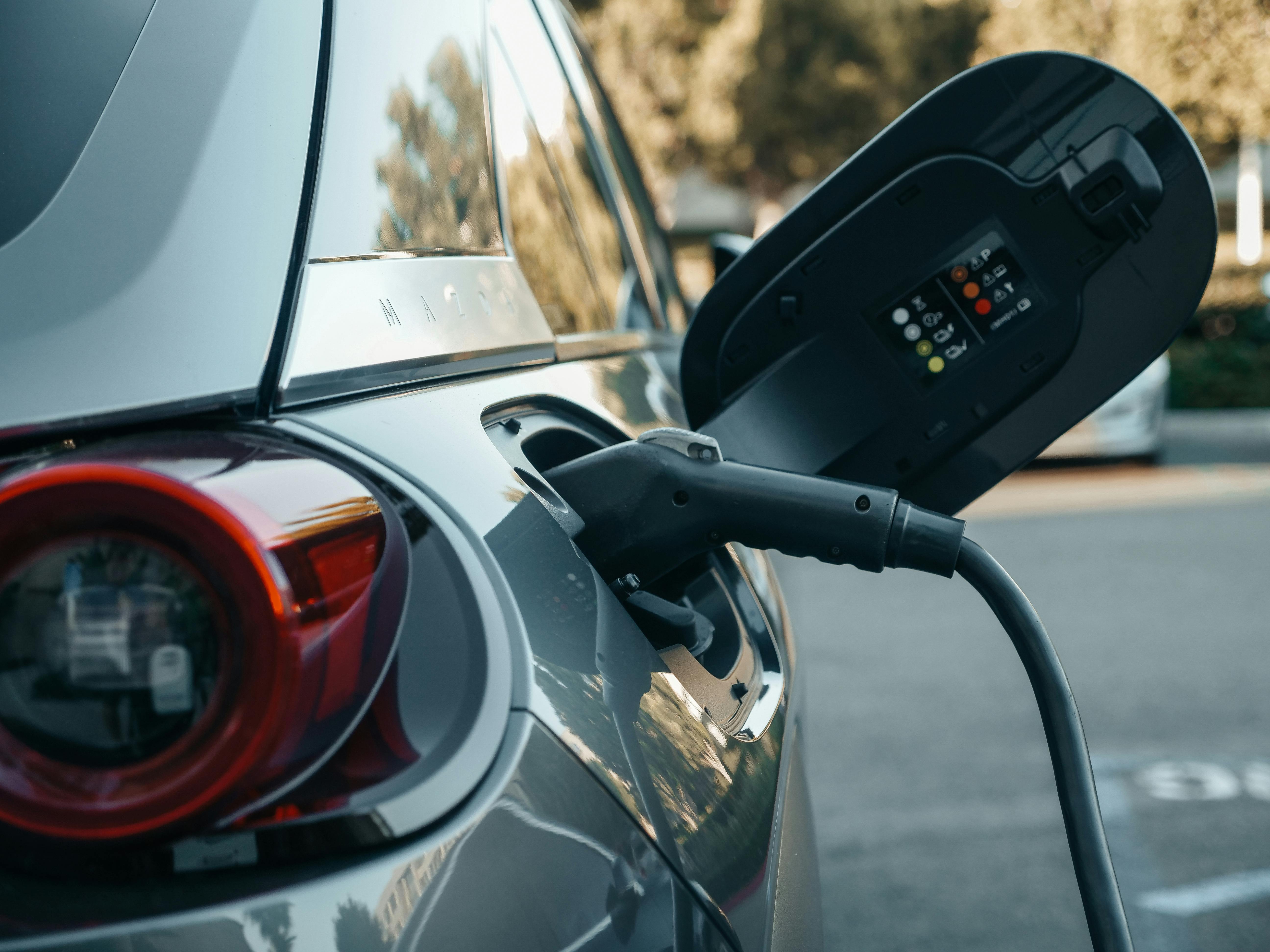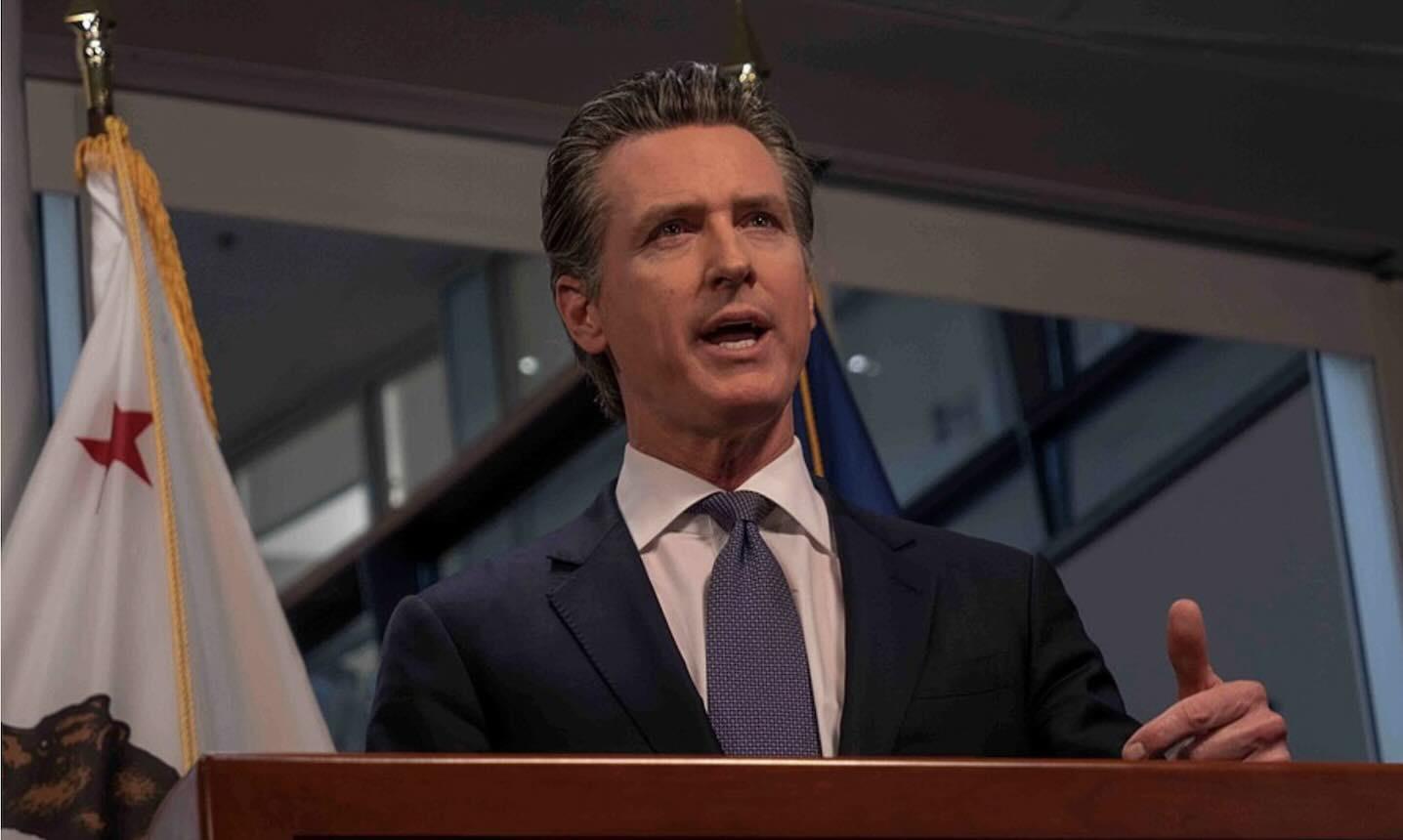
State officials continue encouraging eligible AAPIs to get vaccinated as distribution expands
AFTER a problematic start to the coronavirus vaccine rollout in California, the state’s ramped-up distribution efforts over the past few weeks continue to encourage more communities to receive their shots.
According to Johns Hopkins’ COVID-19 dashboard, California has administered 10.9 million doses of the Pfizer, Moderna and Johnson & Johnson vaccines, as of Tuesday, March 9.
More than 3.4 million people have been fully vaccinated — meaning they got both doses of the Pfizer or Moderna vaccines or one Johnson & Johnson vaccine — equating to about 8.8% of the entire state being fully immunized.
Yolanda Richardson, secretary of the state’s Government Operations Agency, said in a press briefing on Tuesday that despite the overall improvement in the state’s numbers, the public should still be cautious.
“[We’re] witnessing the case rates and hospitalizations throughout the state continuing to decrease as the vaccinations increase, which is exactly where we want to be,” Richardson said in a press briefing with ethnic media outlets. “But we have to continue to do all our part, by making sure that we wear our masks, wash our hands and continue to practice social distancing.
In Los Angeles and Oakland alone, more than 250,000 vaccines across each city’s state or federal-run vaccine clinics have been distributed, the Governor’s Office of Emergency Services (Cal OES) and the Federal Emergency Management Agency (FEMA) said in a statement on Tuesday.
Moreover, of those doses, over 67% were given to people of color and those who live in underserved communities. At each of these clinics, about a quarter of the total vaccines administered went to AAPIs.
“The two locations chosen for these efforts are in some of the most diverse and socioeconomically challenged communities in the country,” Cal OES and FEMA said in a statement. “The goal of establishing these joint federal pilot sites in this manner was to expand the rate of vaccinations in California in an efficient, effective and equitable manner, with an explicit focus on making sure that communities that have been hit hardest by COVID-19 are not left behind.”
The introduction and approval of the Johnson & Johnson vaccine — which only requires one dose — led to public speculation over whether it’s more effective than the Pfizer and Moderna vaccines.
Although the vaccines weren’t compared against each other — which would hypothetically require someone taking all three vaccines — each vaccine is effective in preventing the more severe outcomes of getting COVID, including hospitalization and death, according to Dr. Tung Nguyen, a general internist at the University of California at San Francisco (UCSF).
“People ask, ‘What’s the best vaccine?’ The best COVID vaccine is the one you can get as soon as possible. People ask me this and often I answer by saying it’s a little like asking which of my three children are better: they are all great,” Nguyen said.
He stressed that getting the COVID-19 vaccine does not give you the virus — rather, it helps the body recognize if the virus ever enters our system.
“The vaccines basically present a small part of the virus to our body so that our defense system can prepare a response, so that when the virus shows up, our defense system recognizes it and removes it,” Nguyen explained.
To those who still might be hesitant about getting the vaccine, the doctor said, “Millions have already died from COVID. It is very infectious: do you want to risk getting COVID and dying from it? Do you want to risk giving it to the people you love and watch them die?”






